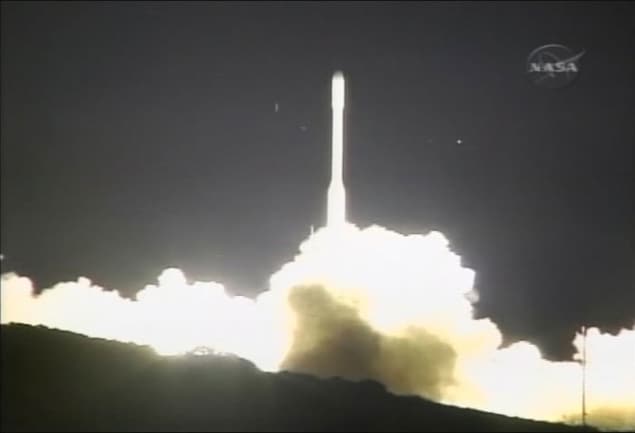
A NASA mission to study how the Sun and aerosols in our atmosphere affect the Earth’s climate has failed shortly after take-off. Officials said that the $424m Glory satellite did not reach orbit and possibly landed near Antarctica, although this has yet to be confirmed.
The 545 kg craft took off on a Taurus rocket at 10.11 a.m. GMT from the Vandenberg Air Force Base in California after technical issues delayed the original 23 February attempt. However, six minutes into the launch NASA declared that the Taurus XL rocket malfunctioned and the “fairing” – the part of the rocket that covers the satellite on top of the rocket – had failed to separate properly so the satellite could not drift away in orbit. “We know that the fairing did not separate,” says George Diller, NASA’s launch commentator.
This is not the first time a NASA satellite has failed in this manner. In 2009 NASA’s $270m Orbiting Carbon Observatory did not properly separate from its Taurus XL rocket after launch. The probe later landed in the Pacific Ocean near Antarctica.
Glory was meant to operate at an altitude of 700 km carrying two main instruments: the Aerosol Polarimetry Sensor (APS) and the Total Irradiance Monitor (TIM). APS, operating from the visible to short-wave infrared, would have studied the distribution of small particles in the atmosphere – including their size, quantity, refractive index, and shape – and how they can influence the climate by reflecting and absorbing solar radiation.
The APS would have been the first space-based instrument to be able to identify different aerosol types, which will help researchers to distinguish the effect that natural and manmade aerosols have on the climate. The TIM instrument would have extended the three-decade-long record of the amount of solar energy striking the top of the Earth’s atmosphere. The accuracy of Glory’s TIM instrument was expected to be better than that of any other solar irradiance instruments currently in space.
Glory was to be the fifth instalment of NASA’s “A-Train”, which when complete will be a set of eight satellites that study changes in Earth’s climate system. It is unclear whether NASA will now finance a replacement for Glory as it has done with OCO, dubbed OCO-2, which will launch in 2013.



